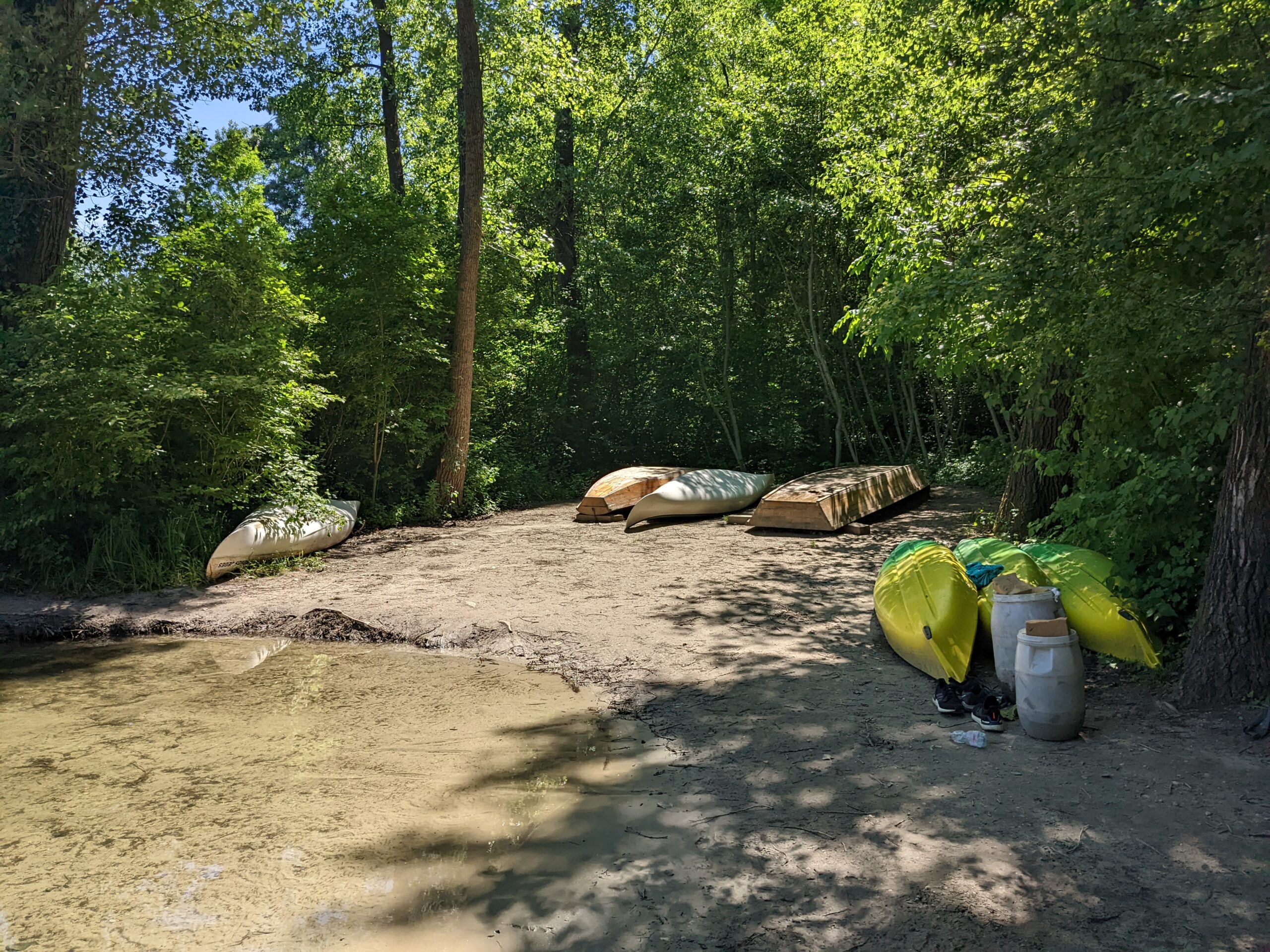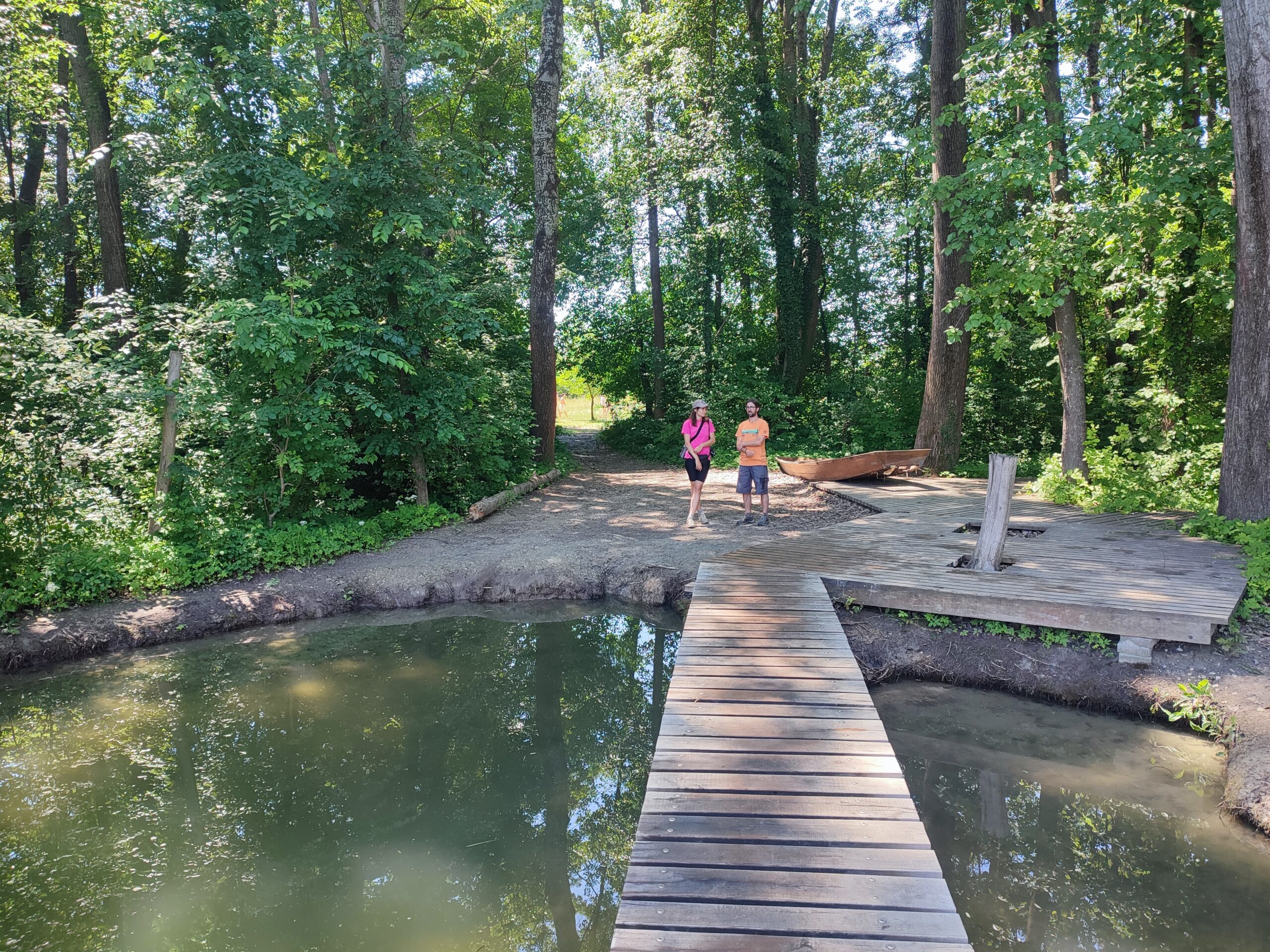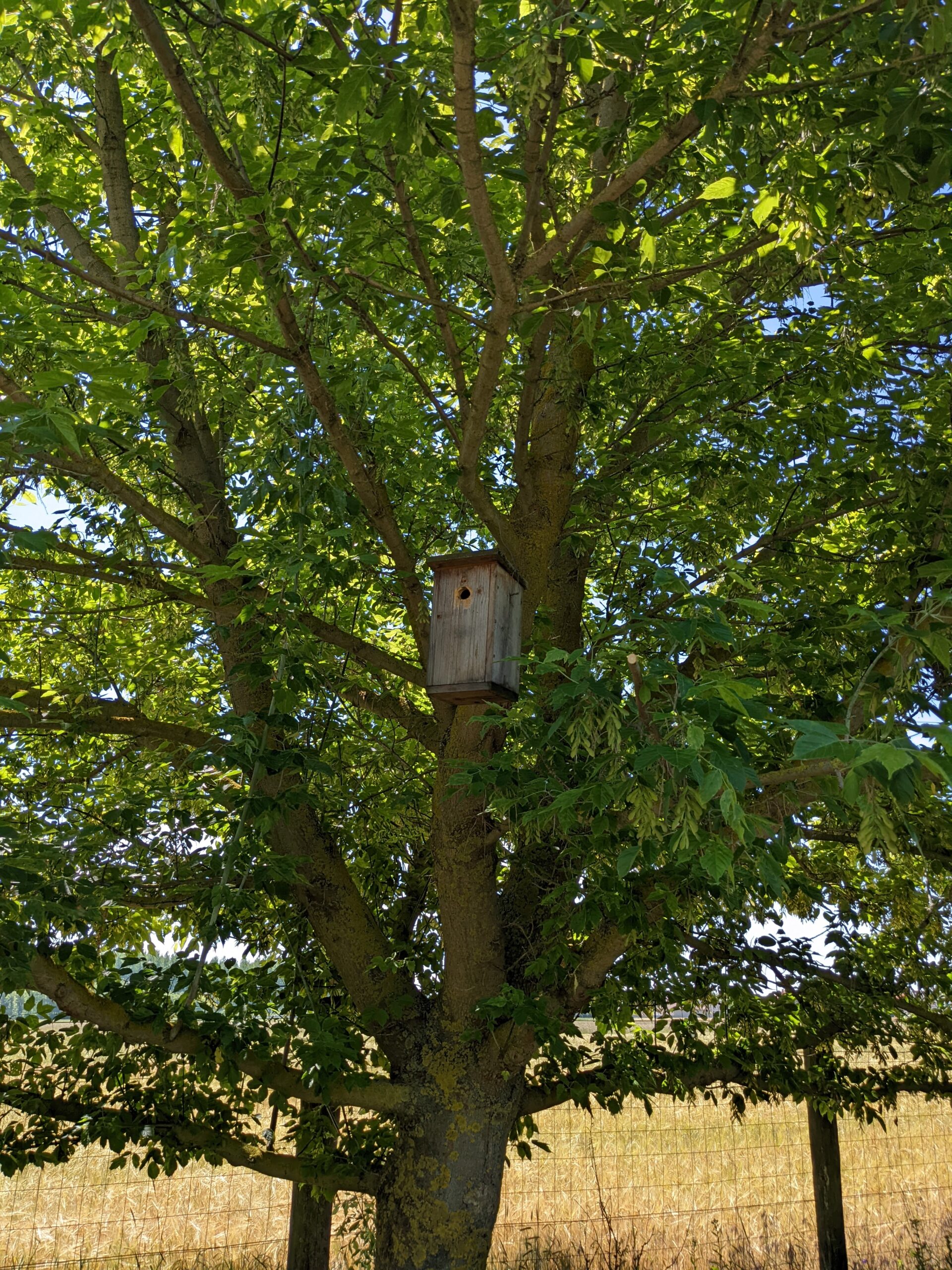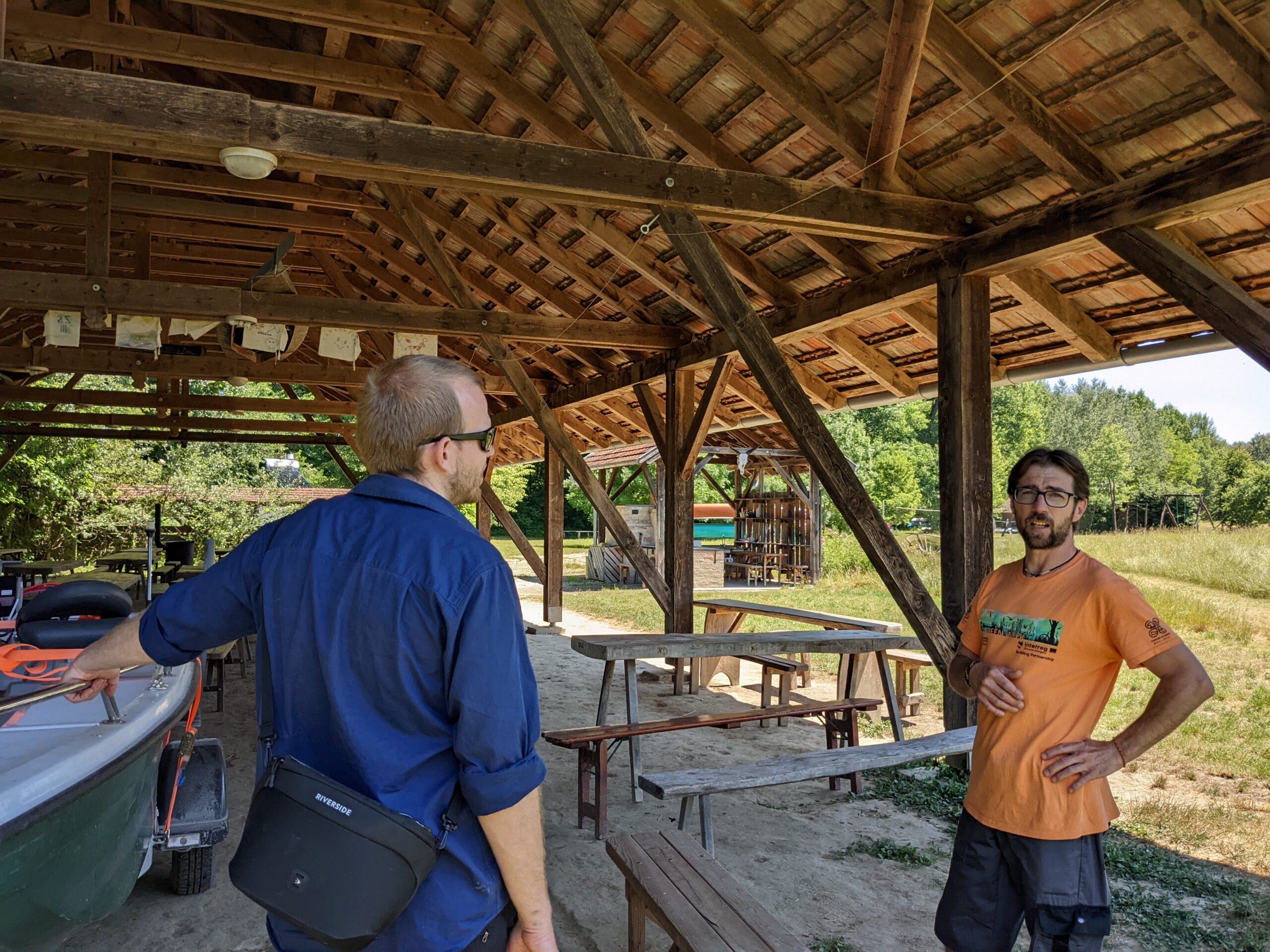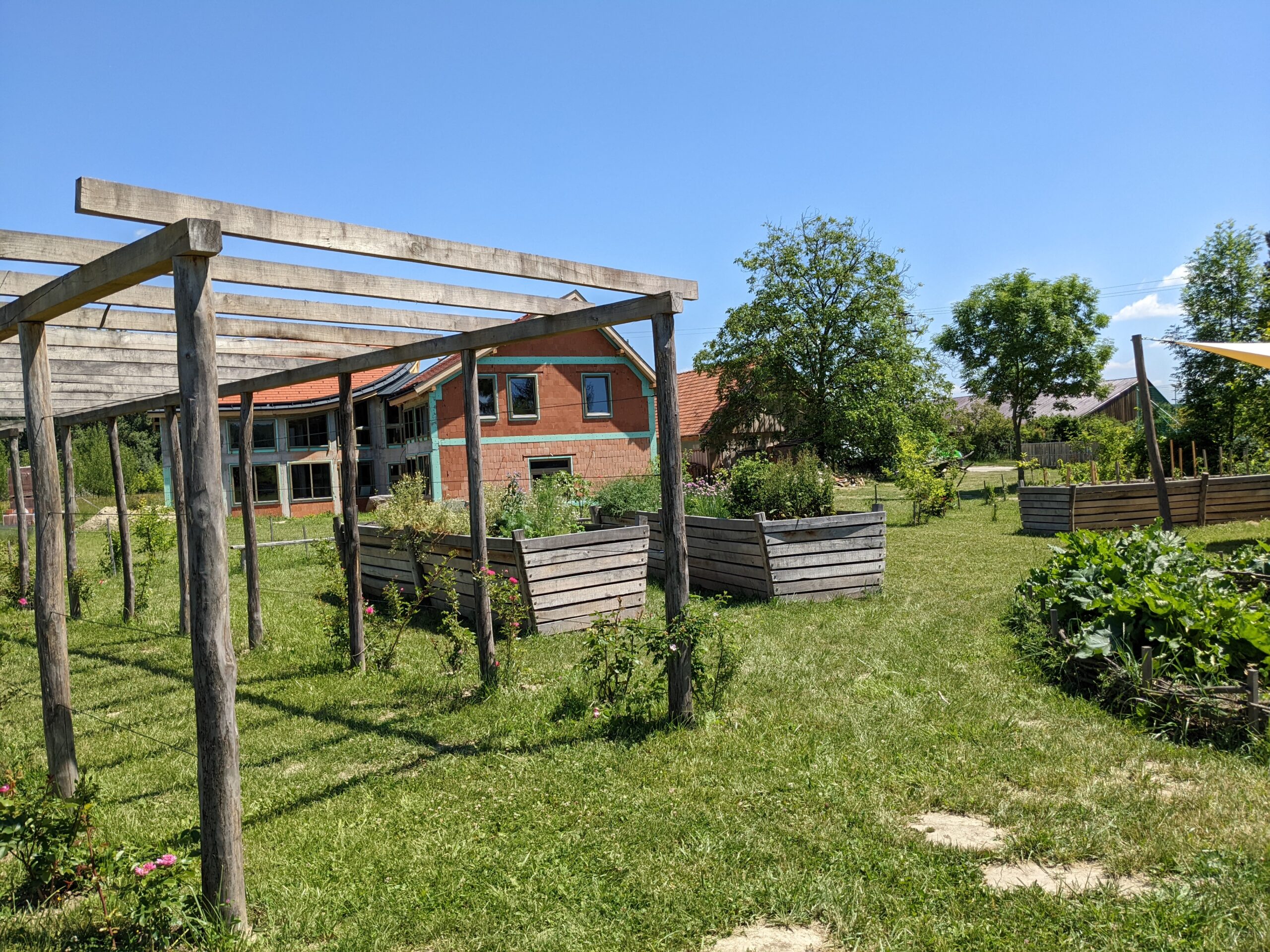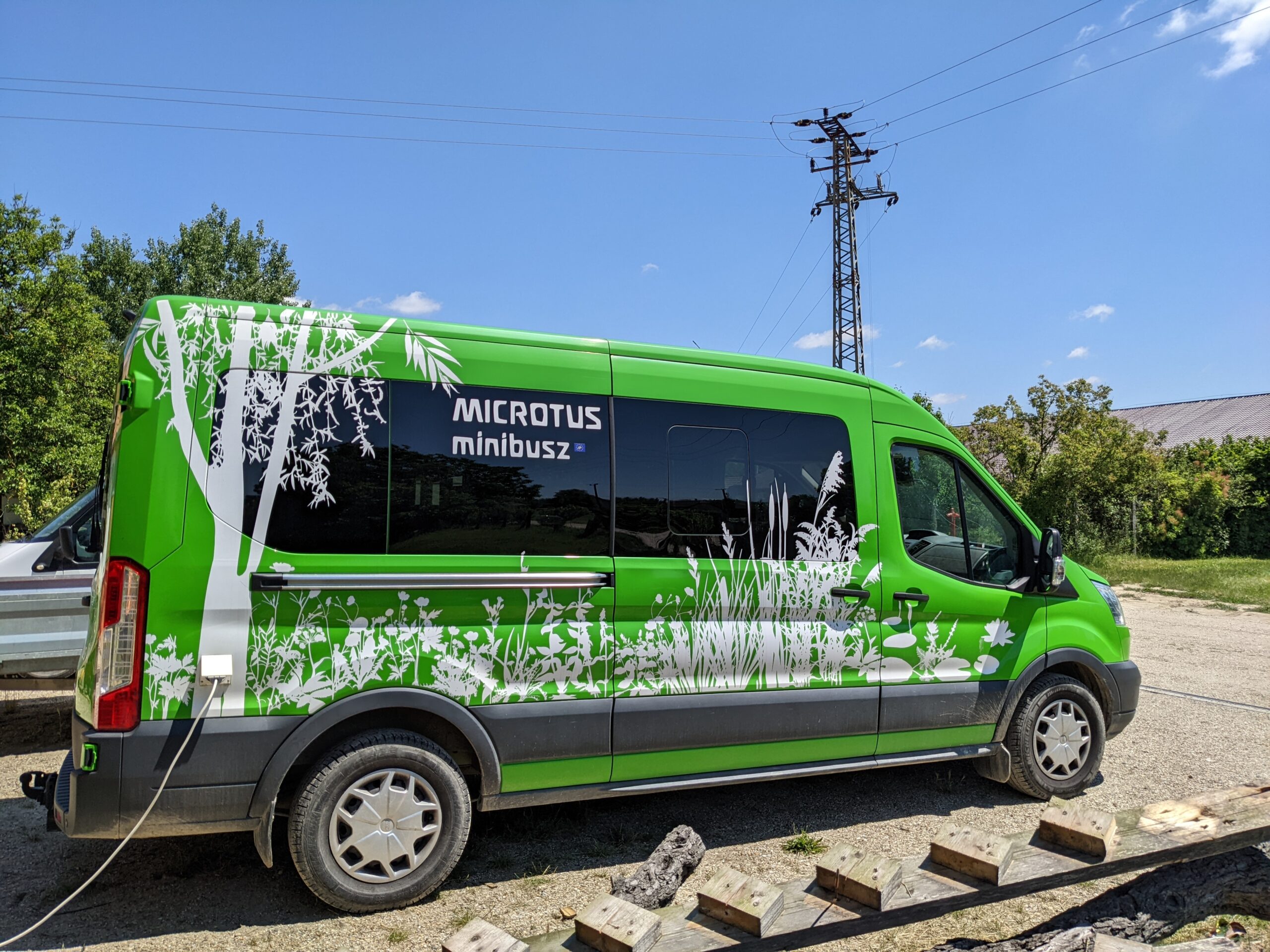If you haven’t been to the Danube floodplains in their naturalness yet, if you haven’t experienced taking a boat and paddling into some mystical sidearms of the Danube, you must put it on your bucket list. Seriously. From its spring in Germany until it flows into the Black sea, the Danube created vast riparian habitats, fast growing alluvial forests, species-rich meadows and wild islands. Both Donau-Auen National Park, and the focus of today’s article, Szigetköz, are wonderful locations to visit, where you can be taken into a magnificent water world of side arms and islands, while exploring habitats that provide home to thousands of species.
However, over the course of time, humans have – as they tend to do – intervened in the natural river dynamics. If we only look at the map of impoundments along the Danube published by the ICPDR (International Commission for the Protection of the Danube River), the course of the Danube has been strongly regulated.
Hungary´s biggest island, Szigetköz
We will likely write more about the history of the Danube, as there is much to tell, but the topic of this article is focusing on a small section. Do you see the meandering, green section under Bratislava on the map above? That is Szigetköz in Hungary. When the Danube enters the Carpathian Basin, it splits into several branches, larger and smaller, and creates a huge archipelago. This magnificent water world, the Szigetköz in Hungary, contains nearly 800 km of waterways and more than 300 islands, similar to how Csallóköz in Slovakia looked like before the big hydropower plant in Gabčíkovo was built. And Szigetköz is where Pisztráng kör egyesület (Trout circle association in English) is located, who we visited while cycling through this part of the Danube.
The almost 400 km² area of Szigetköz is a wetland of outstanding importance, where unique geomorphological, climatic, soil and water balance conditions have created a particularly diverse habitat, providing opportunities for the establishment of a rich and diverse fauna. This area, which covers just 0.4% of Hungary’s territory, is home to 47% of the total domestic vascular flora and 80% of the domestic fish species. Moreover, Szigetköz is home to a number of particularly rare species of plants and animals that are not found elsewhere in the country.
Environmental education at the forefront
We wanted to visit Pisztráng kör because one of the most important fields supporting the sustainability of nature conservation is environmental education. Building connections between nature and humans, creating more understanding about natural processes and the need to preserve them, and encouraging engagement are the building blocks that will enable us to strive for a more eco-friendly and sustainable life.
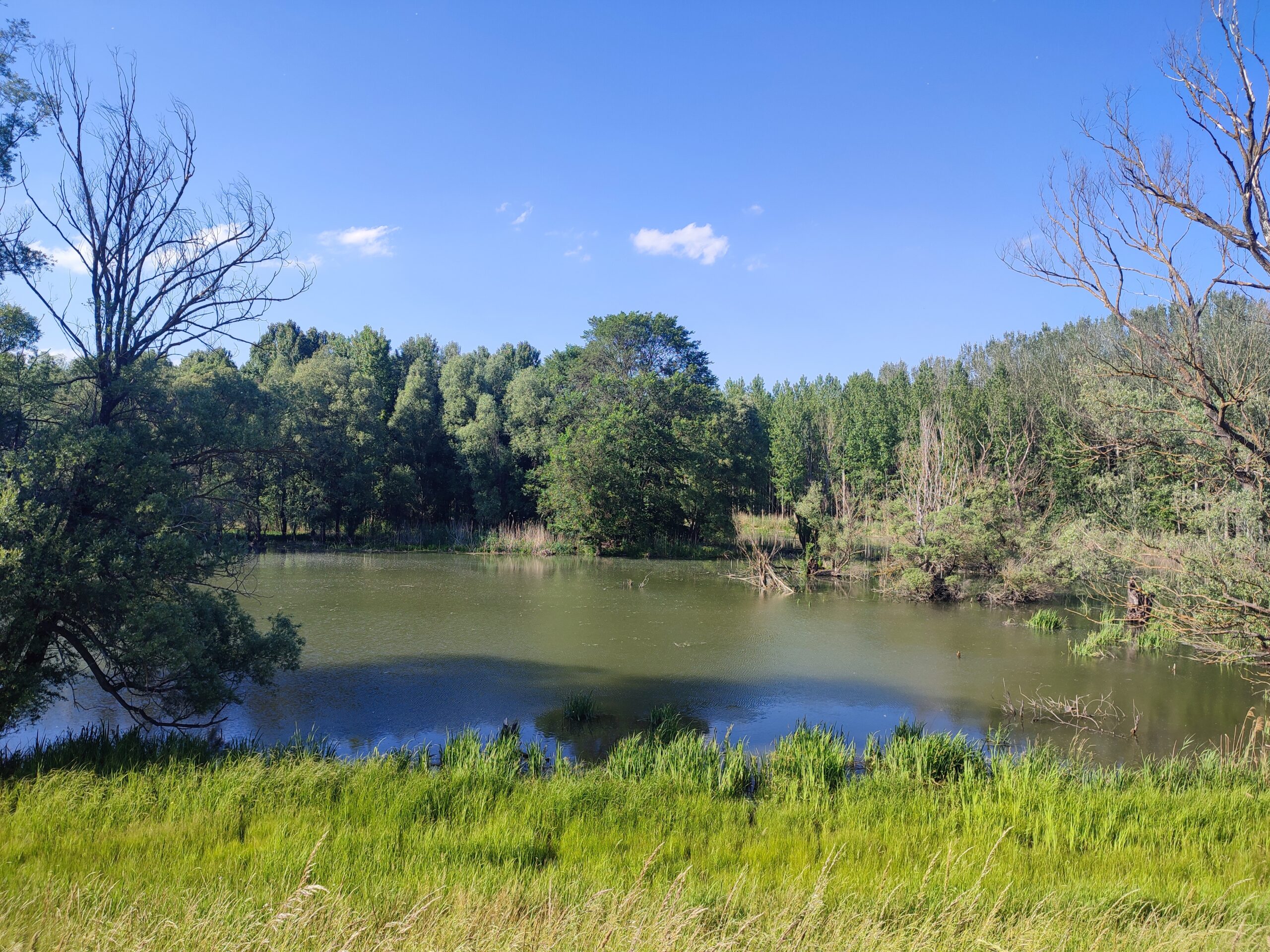
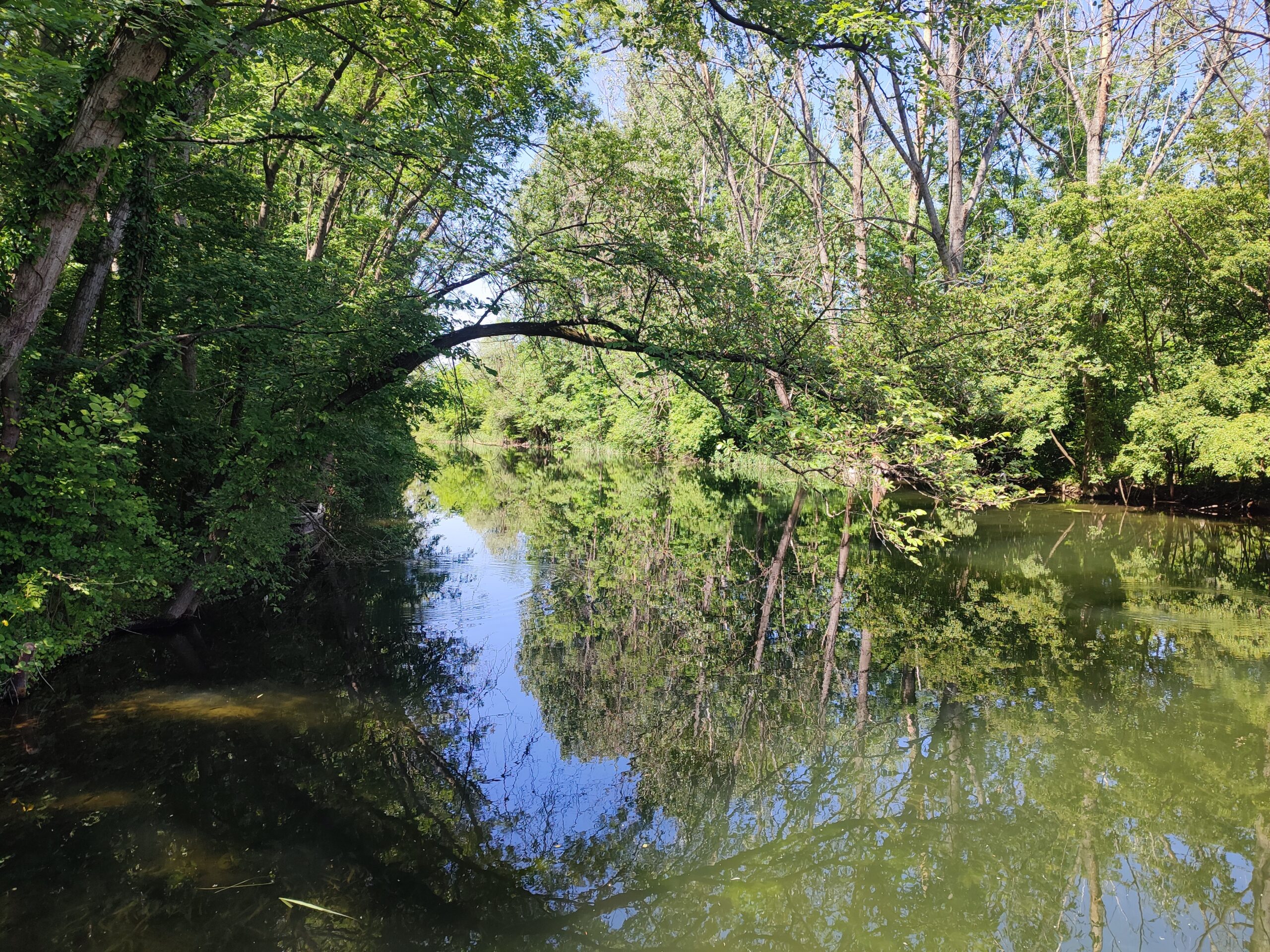
Hanna has briefly worked with Pisztráng kör before, and was very impressed by their approach of combining environmental education and eco-tourism in Szigetköz. Therefore, we planned our route to visit the association, which has a big Ecopark in Dunasziget. As we roll in, we are welcomed by Zoltán Papp, an employee of Pisztráng kör, and a fellow bicycle fan himself. The world is small when you share the love for cycling. Being deeply passionate about Africa, he has been building cargo bikes for African communities for several years (check out his story here). Zoltán takes us on a tour around the Ecopark, while we talk about their main activities.
The mission of the association is well described on their website: “The Trout Circle Association was founded in 1998 with the aim of deepening people’s knowledge and love of nature, so that we can live together with our Earth in a healthy and sustainable way. Our activities are wide-ranging: organising nature water excursions, hiking camps, forest schools, coordinating an ecopark and educational centre, providing accommodation, planning and implementing interactive exhibitions and environmental programmes, habitat surveys, organising waste collection and river clean-up days, teaching organic gardening, writing and publishing methodological books and brochures, etc.”
In the area of about 7 ha, Pisztráng kör has created a great nature spot for youth to experience adventures in nature. Within the Ecocamp, you can learn about native plants and get familiar with local herbs that are planted in the herb garden, paddle into the network of sidearms, learn about local fish species and go bird watching with the guides of Pisztráng kör, study about local fruit trees and their maintenance, about traditional professions in the region, and even bake your “langalló”, a Hungarian flatbread. While we walk around there, we think to ourselves, that this is a true adventure land for kids, a kind of natural camp we would love to spend our summers in.
Eco-tourism as a sustainable source of income
While continuing our tour, Zoltán tells us about their activities focusing on eco-tourism. Pisztrang kör offers guided boat tours into the sidearms, and also lends kayaks and canoes. Most visitors to the Ecopark are interested in kayak and canoe tours, but as Zoltán explains, more and more people are coming to rent bicycles to explore the Szigetköz on two wheels.
It is great to see that such an initiative can become financially profitable. The activities and infrastructure of Pisztráng kör have been expanding year by year. From a piece of bare agricultural land bought in 2006, through the big interest by local schools, youth and adult groups, as well as through the participation in cross-border projects, the association has managed to make many plans a reality. An ecopark, forest school, a herb garden, a full set of kayaks, canoes and bicycles, a soon-to-be finished exhibition centre funded by a cross-border project with Slovakia, and a mobile lab and exhibition bus equipped to analyse water samples on field are only a few of their achieved successes. But most importantly, it is great to see that the team behind such an initiative can also grow year by year, due to the growing demand by schools and visitors as well as invitations for project cooperation.
Can nature still be entertaining to today´s youth?
Almost closing on our circle around the Ecopark, we direct the conservation back to youth education. Many believe that with the technological developments and birth of the internet, the current “digital generations” get very disconnected from nature. Therefore, we wanted to ask Zoltán, what is his experience with kids coming to the camp for a day or more. Is it true that it is now harder to win the attention of the young generation when it comes to topics like nature? His answer is optimistic. According to him, the big challenge is to get these teens out of their familiar digital bubble. But once they arrive at the Ecocamp, they don´t need or crave distraction from their surroundings. Zoltán explains that instead of complaining, criticizing or even forbidding the usage of phones for example, the best way to engage teens is to show them more interesting alternatives. Therefore, the camp leaders have in stock a wide range of alternative forms of entertainment focusing on nature, which seem to work excellently. When a youth group is there, they tend to be fully immersed into the nature experience. However, they cannot influence what happens once these young participants go back to their everyday lives, he adds. And with the comfort of many forms of distraction that the internet provides, no wonder that a one time nature experience like what they provide might not have a lasting impact on everyone. Nevertheless, Pisztrang kör tries to make the experience personal, and therefore lasting. They show visitors the wonders of nature, inspire young and old and aim to create a bond that makes many young people want to spend more time in nature.


